
Royer Altessa, the First Interchangeable Lens 6x9 Rollfilm Camera

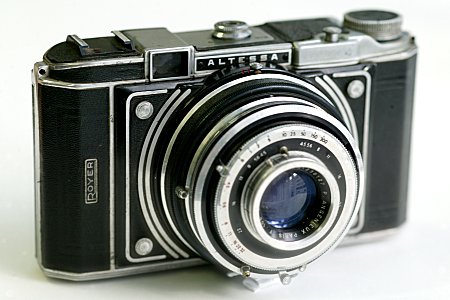
In the early 1950s, France was slowly recovering from World War II. The French government had implemented some protectionist measures to speed up industry recovery by forbidding foreign imports in numerous sectors of the economy, including photographic equipment. As a consequence, a number of small camera manufacturers appeared and some interesting cameras were launched, like Demaria-Lapierre's Telka III (a fine 6x9 folder with coupled rangefinder), Alsaphot's Cyclope (the slimmest rigid body 6x9 thanks to a folded light path), or ATOM's Rex Reflex (the first twin lens reflex with interchangeable lenses). René Royer was a French camera designer who had already built a few successful 6x9 folding cameras, which were manufactured by the Société Industrielle de Technique Optique (SITO). In 1952, he decided to launch a revolutionary camera: a 6x9 with a rigid body and interchangeable lenses. The body of the camera was based on his previous folders, but the lens was mounted on a collapsible tube equipped with a bayonet.
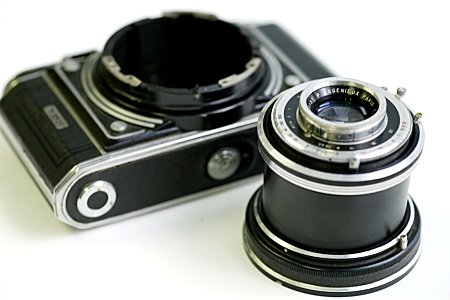
The camera had standard specifications for its time. Film was wound with the help of a large rotating knob with double exposure prevention mechanism. Film advance was based on the observation of the numbers printed on the film's backing paper through a red window. There was a shutter release button on the top cover of the camera, but the shutter had to be manually cocked on the lens after every exposure. The shutter, made by SITO, offered speeds from 1sec. to 1/300sec + B.
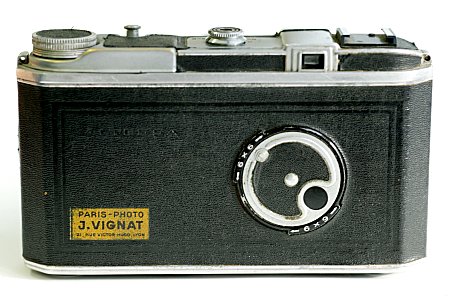
The Altessa was a dual format camera. It was able to use 120 or 620 film to deliver either eight 6x9 or twelve 6x6 exposures. There were two red windows on the back of the camera, one for 6x9 and one for 6x6, with a rotating cover designed to mask the red window which was not in use. On top of the camera, a rotating dial was used to control a pair of adjustable black curtains in order to cover the film gate partially or totally. This dial had three positions: when set on "6x9," the black curtains were fully retracted, when on "6x6," they covered both sides of the film gate to give a square frame, and when on "0," they fully obstructed the film gate, thus preventing light to hit the film during lens changes. There was an interlock preventing the removal of the lens while the black curtains were open.
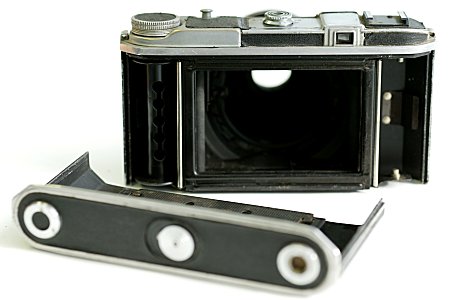
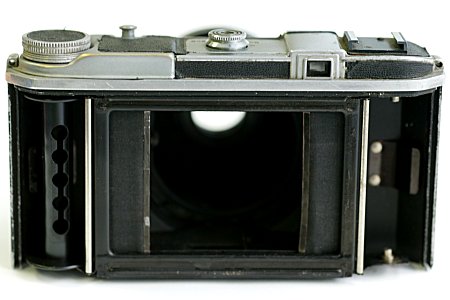
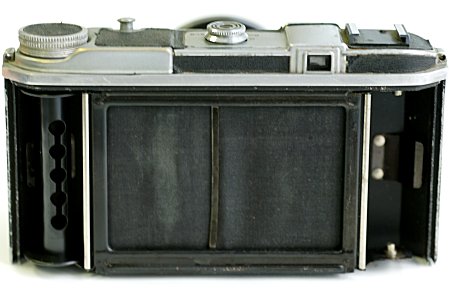
The camera was available in three versions, all with single coated lenses. The "Type I" was a simplified model without the black curtains. A metal plate was provided as a mask for 6x6 format but it was impossible to modify the format or change the lens with a film loaded. The camera was available with a 105/4.5 triplet lens, either an Angénieux U1 or a Berthiot Special. The "Type II" came with the same choice of lenses but had the black curtains. As for the "Type IV," it was the top of the line, and was equipped with the black curtains and a Tessar type 105/3.5 lens, either an Angénieux X1 or a Flor Berthiot.
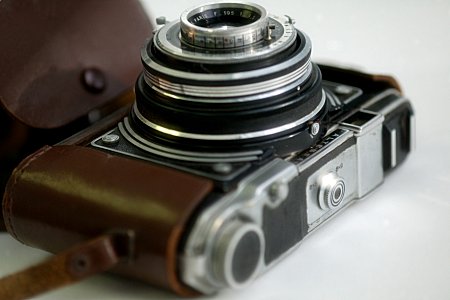
A normal lens for 6x6 format -- a 75/3.5 made either by Angénieux or Berthiot -- was also due to be released. Two additional lenses were planned, a Berthiot 190/5.5 telephoto and a Berthiot 80/6.8 “wide angle” for 6x9. An universal finder with frames from 80 to 190, a set of macro extension tubes and a ground glass focusing back also appeared in the catalogs. Alas, none of these were ever produced. The Altessa never met the sales target, despite a commercial agreement with André Essel and Max Théret to sell the camera in their soon to be famous discount store, the FNAC. I guess the lack of a rangefinder was the main flaw for most buyers. The bayonet was also a weak point of this camera, because it was difficult to use and prone to failure. SITO discontinued the Altessa range in 1954 to focus on its new Royflex line of 6x6 twin lens reflex cameras.
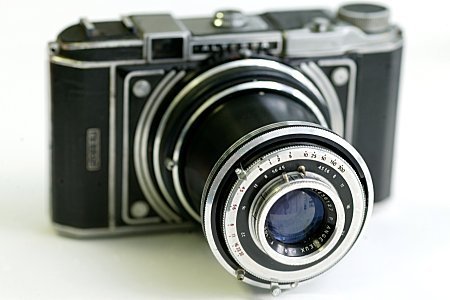
Shortly after the Altessa appeared in the French shopwindows, Graflex launched its KE-4 Combat Camera in the USA, a much more advanced concept initially designed for the military and equipped with a coupled rangefinder. Although a civilian version of the KE-4 appeared later, it never became a commercial success, just like the Altessa, but for different reasons: price and bulk. 6X9 format lovers had to wait until the late 1960s, when the Fuji G690 series became the first successful 6x9 cameras to offer lens interchangeability.